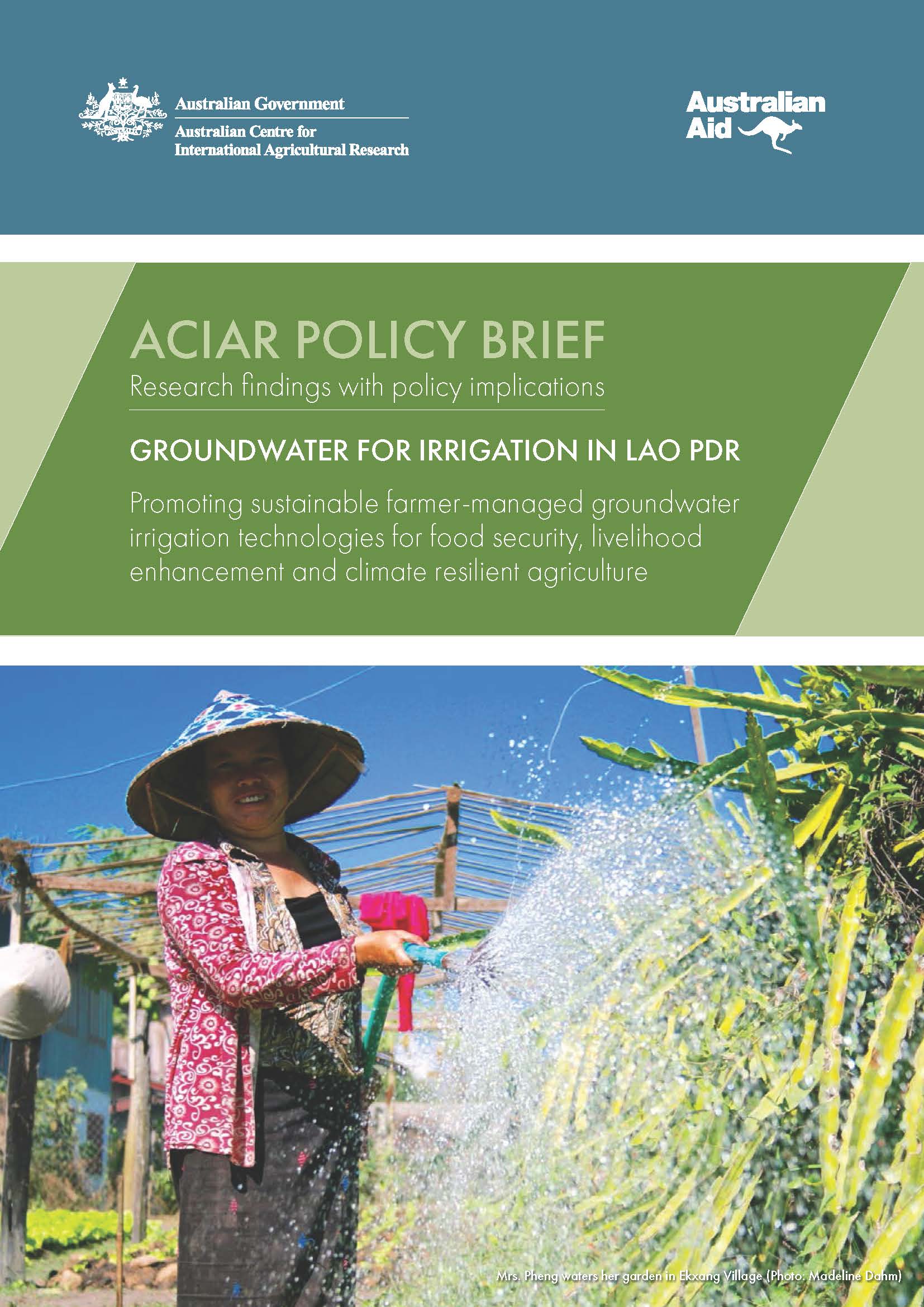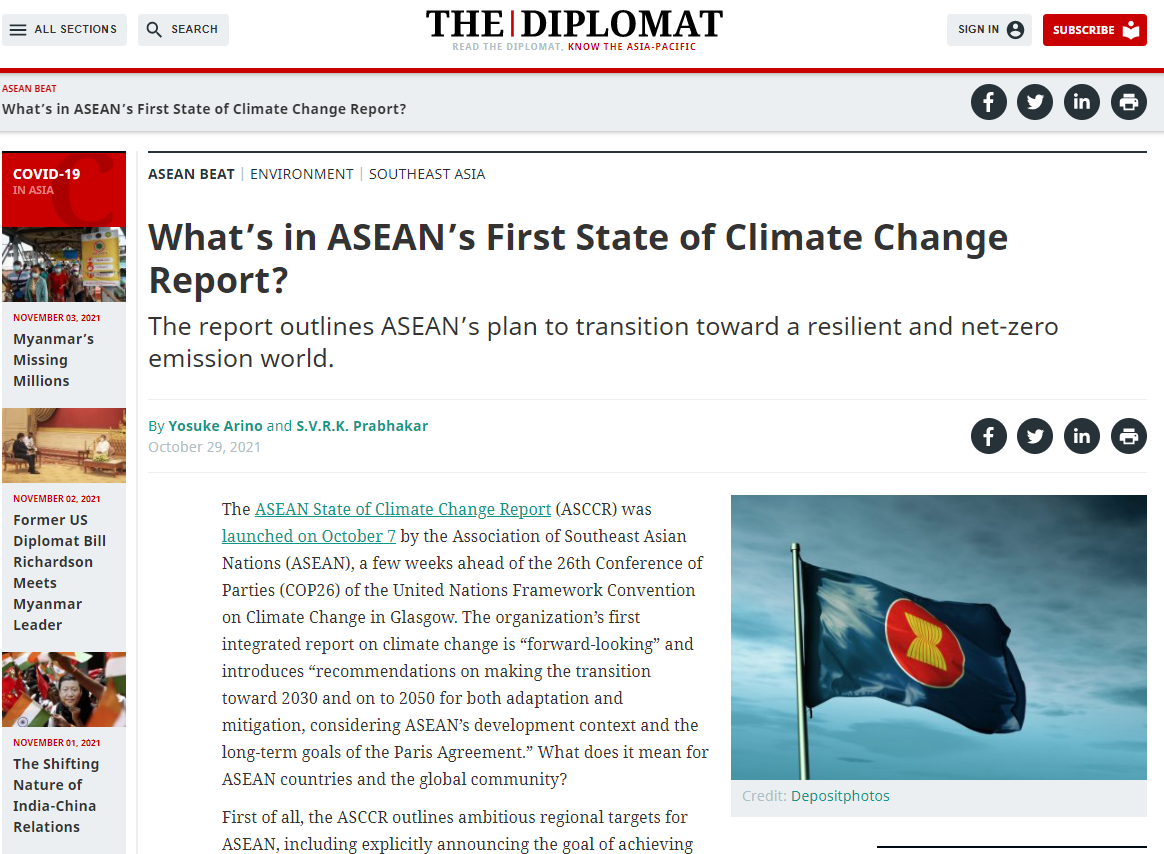ACIAR Policy Brief
Groundwater can provide irrigation for rural communities where surface water is absent or unreliable. Technical, institutional and capacity limits have prevented rural communities from using groundwater for irrigation, and researchers have not demonstrated how to extract and use groundwater effectively for agriculture. A recent Australian-funded...








